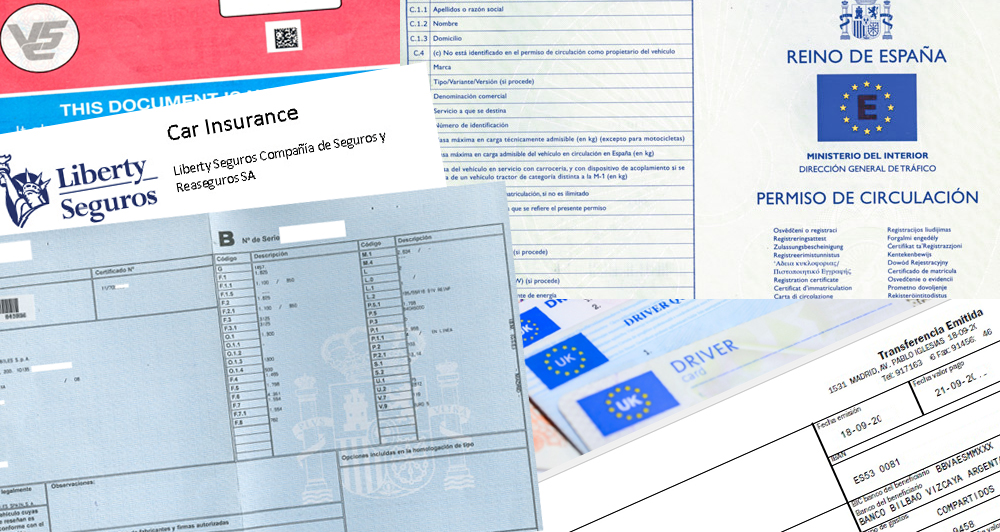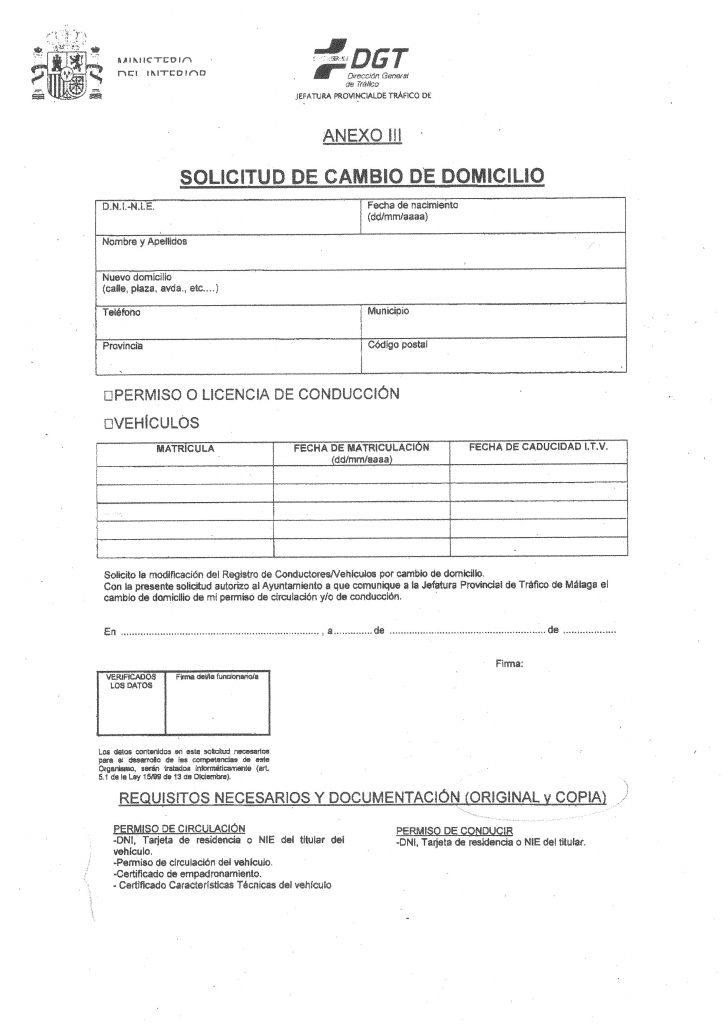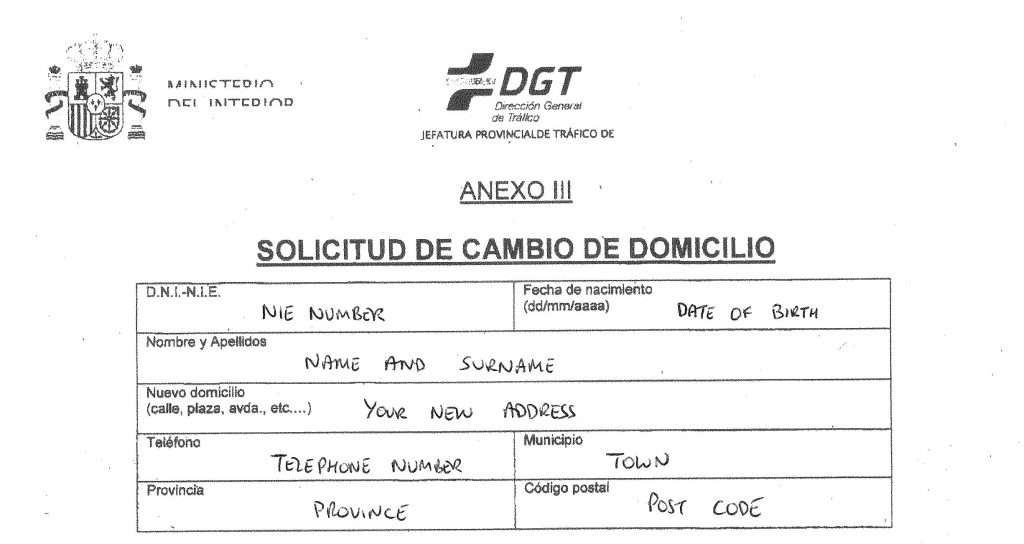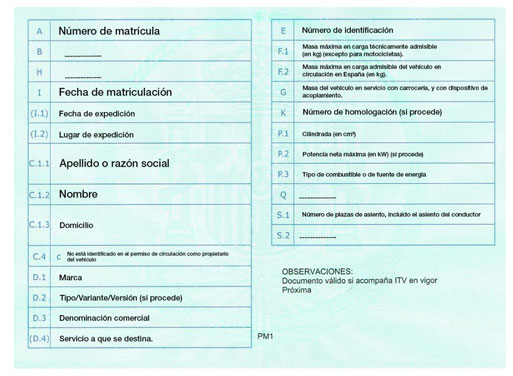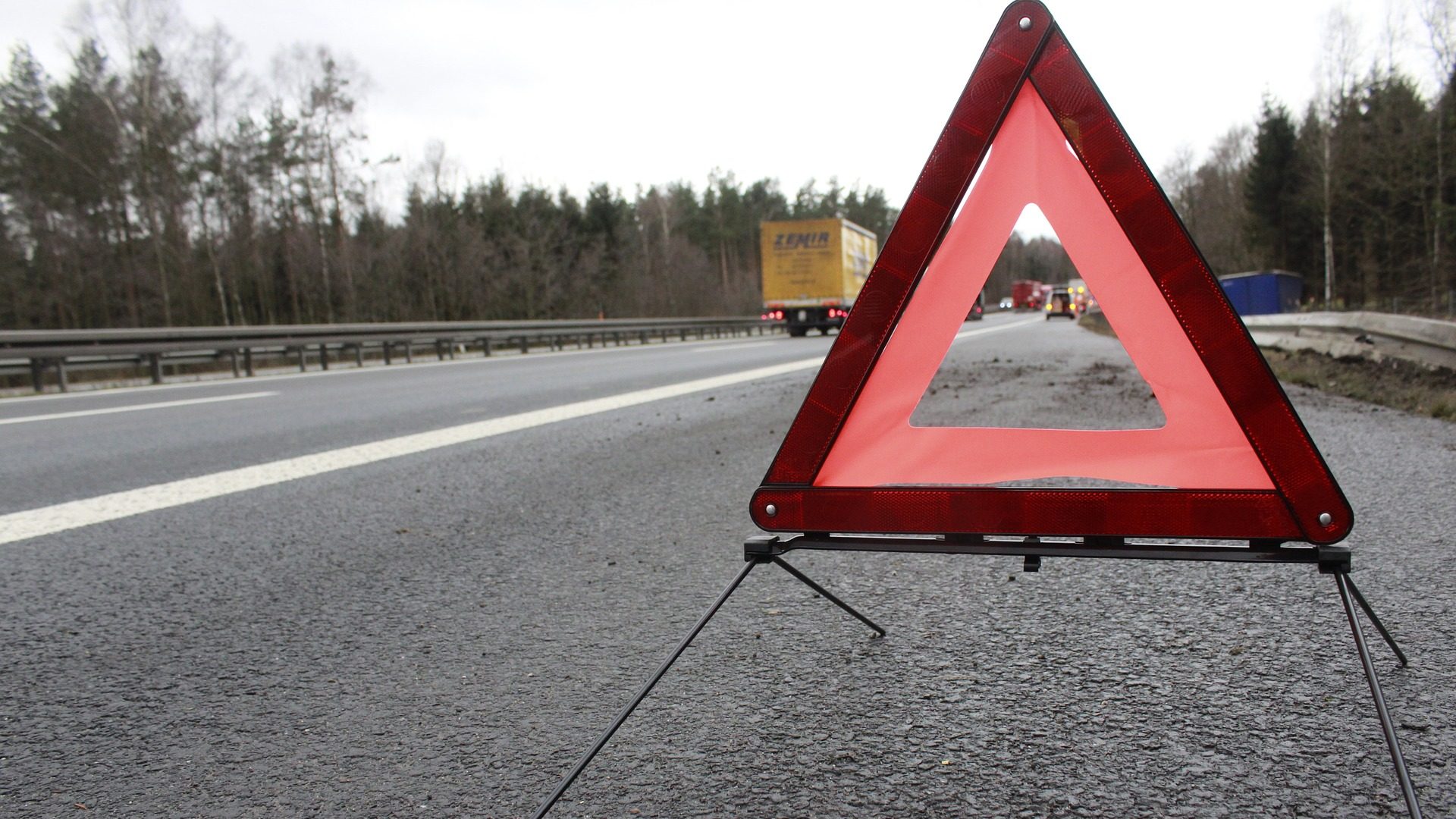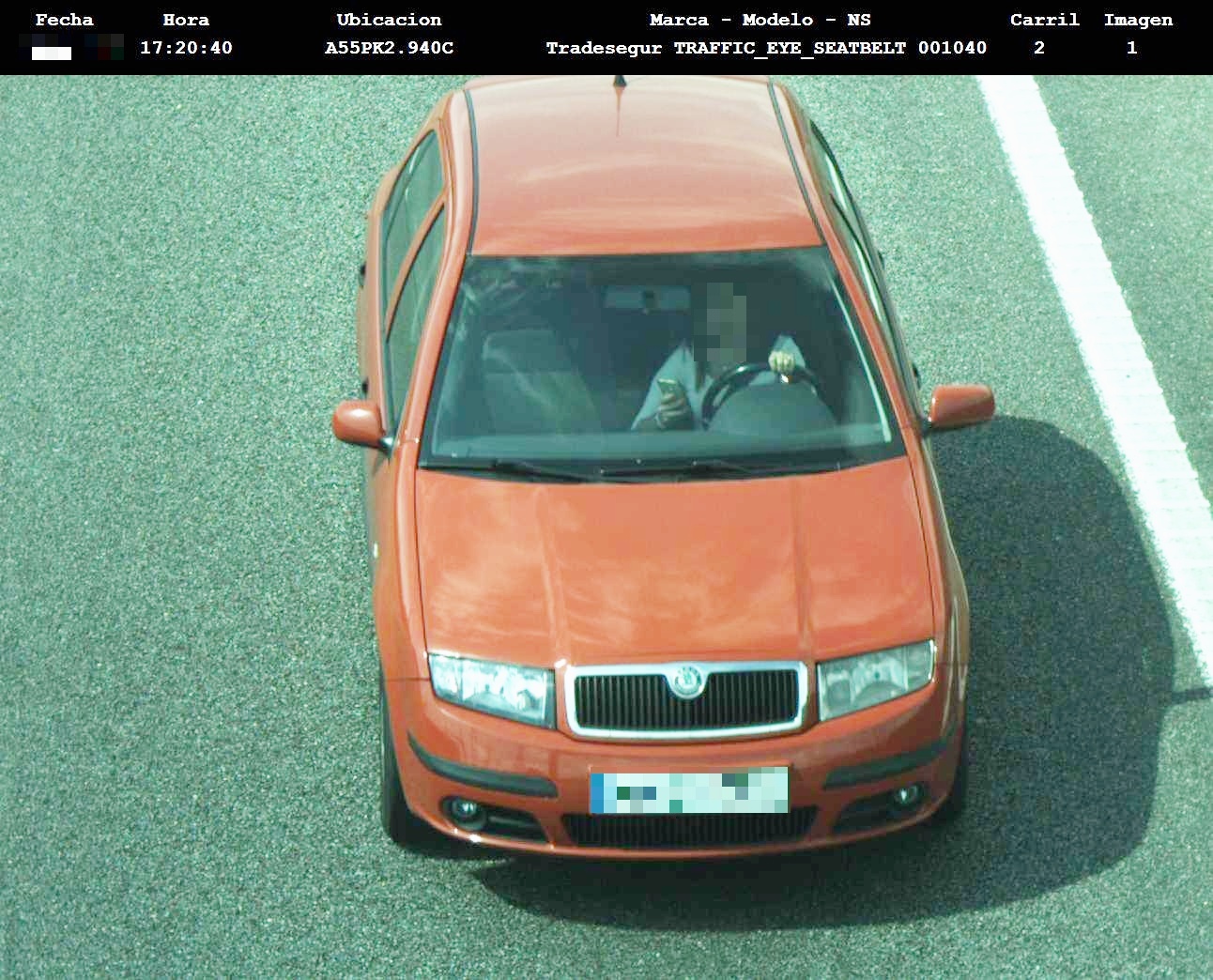How often have you been travelling on a motorway and seen another driving sitting in the middle lane or even circulating in the left most lane whilst there is no traffic in the right hand lane?
These “left lane syndrome” suffers, as they are known in Spain, cause traffic queues, sudden braking and sometimes accidents.
The regulations
The driving regulations on Spanish roads do not allow you to overtake using a right hand lane, except in special circumstances mentioned below. Therefore, a vehicle in the middle lane is taking up two lanes and one in the left hand lane is blocking three lanes of traffic. Under normal traffic conditions in Spain, you should always be circulating in the lane furthest to the right-hand side. If there is a second and/or third lane to the left then these are used for overtaking. Once an overtaking manoeuvre is complete, you should return to the right-hand lane once more.
We have probably all come across a driver, travelling below the speed limit and using the left hand lane whilst there is no traffic to the right. This can cause the driver behind to brake suddenly causing a ripple effect with the vehicles behind or even more serious consequences.
Fines and loss of points
The driver continuing to drive in the left lane whilst not overtaking traffic is breaking the road traffic laws. If caught they could be fined 200 euros. However, before you decide to pass on the right you should be aware it is also a serious infraction of article 82 of the Road Traffic regulations. Overtaking on the right may result in a fine of several hundred euros and the loss of four points from your driving licence.
Exceptions
One of the few occasions you can pass on the right hand side of another vehicle is if you are in a traffic jam. If the lanes of traffic are moving slowly, it might be that at some stage the right hand lane moves slightly faster than the left hand lane. This results in you overtaking traffic using the lane on the right hand side of a motorway, for example. This is not an infraction of article 82 but does depend on the density of traffic and speed.
Another example might be on a slip road when entering the motorway or when a certain lane is designated for a particular type of vehicle to circulate.
Remember, you should circulate in the right hand lane unless you are overtaking another vehicle. Additionally, overtaking on the right is a serious traffic offence that can result in a fine and loss of points on your licence.

